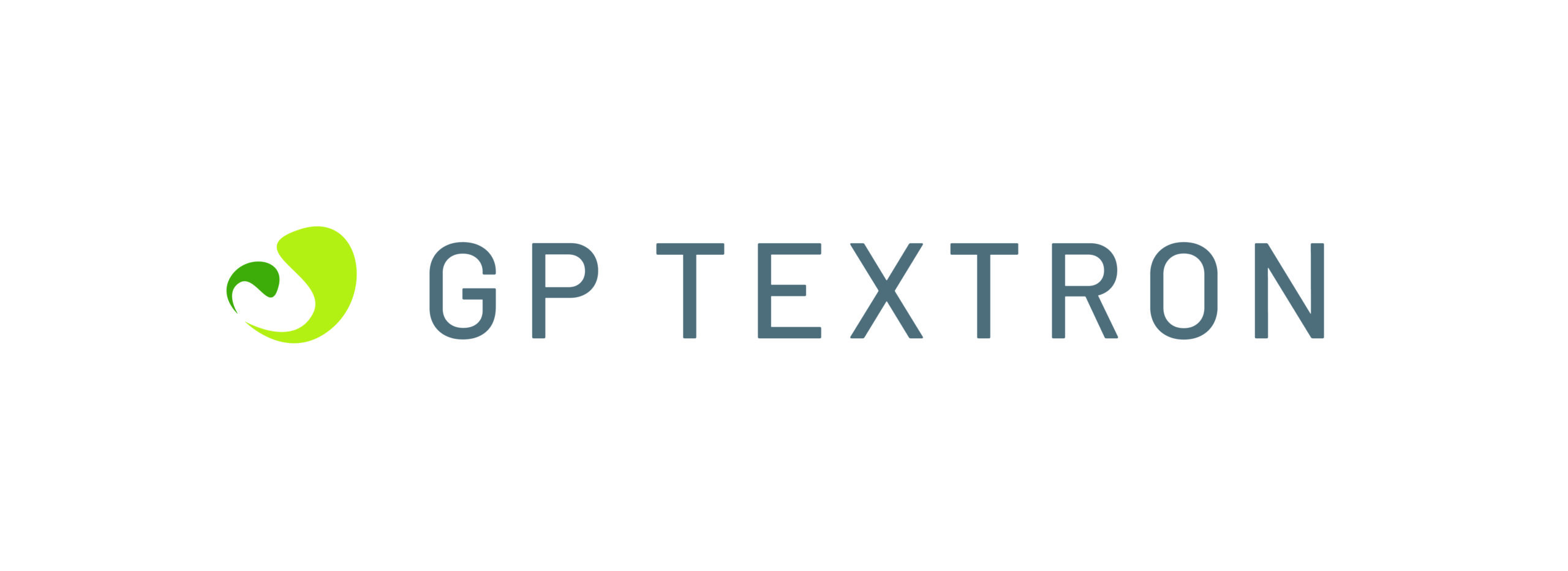The ZDHC MRSL contains over 140 separate CAS number chemicals which can be placed into groups. The full list of chemical groups can be seen on our MRSL Testing page. Below we will briefly describe the key legislation relating to some of these chemical groups. Further detailed information is available through the Chem-MAP programme.
Chlorophenols
Aromatic organic compounds, with up to 5 chlorine molecules bonded to a phenol ring. They can be used in wood preservatives, textile impregnation and as a bactericide in tanning and paper industries. The hazards associated with some of these chemicals include:
Relevant Chemical Regulations
Legislation around the world restricts the use of some chlorophenols in apparel, footwear and accessories. Leading apparel and footwear brands have banned the use of chlorophenols in the production of their products.
Global legislation around chlorinated phenols can be varied. The most stringent restriction currently for leather comes from Korean legislation which specifies a limit of 0.5 mg/kg for infants and 5 mg/kg for all other leather products.
In addition to finished material restrictions; Pentachlorophenol (PCP) is restricted in substances and mixtures under Annex XVII of EU REACH Regulations, at a limit of 0.1%.
Dyes – Disperse (sensitising)
Disperse dyes are sparingly soluble in water. The dye fibres are in fact dispersed within a solution. The hazards associated with these chemicals include:
Relevant Chemical Regulations
Several countries have regulations regarding the use of disperse dyes under the food and commodity goods laws; most notably the Food, Commodity and Feed Code (LFGB) in Germany and the Safety Quality Mark Act for textiles in South Korea.
Flame Retardants
Man-made products that are added to a wide range of products, including for industrial use, to make them less flammable. They are commonly found in plastics, textiles and electronic equipment. The issues and hazards associated with them include:
Relevant Chemical Regulations
The control and restriction of flame retardants, specifically brominated and chlorinated flame retardants, is varied globally. In the EU alone, these are restricted under the following regulations:
In the US, there are many state laws placing restrictions on flame retardants, as well as requirements set out under the federal CPSC regulations.
Glycols
Glycols are organic compounds containing two alcohol groups. They can be used as solvents in printing inks for leather. They improve levelness for baking finishes and can also be used as an intermediate in the manufacturing of plasticisers. The issues and hazards associated with them include:
If you are interested in learning more about the ZDHC MRSL and its future impact on your business please contact info@chem-map.com or call +44 (0)1604 679 999 to speak to one of our team of chemical regulatory experts.

Eurofins | Chem-MAP are excited to share that Codyeco S.p.A have been successfully re-certified against ZDHC MRSL V3.1 for over 700 products in their leather portfolio. This is in accordance with Eurofins | Chem-MAP Protocol 5.0 and the most recent conformity guidelines issued by ZDHC in November 2022. ‘Codyeco S.p.A...
Published 22nd May 2025 Read more
